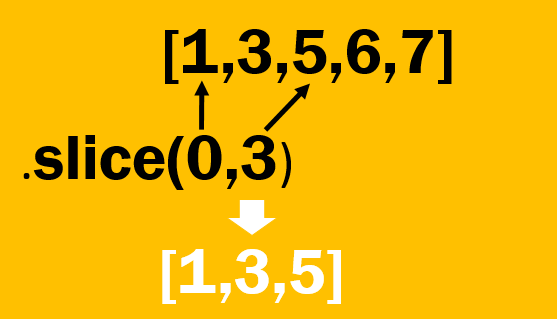


Both the original and new array refer to the same object. Objects: the object reference is copied into the new array.Elements of the original array(s) are copied into the new array as follows: The copy always happens shallowly - the method never copies anything beyond the initially created array. They do so by first constructing a new array and then populating it with elements. Some methods do not mutate the existing array that the method was called on, but instead return a new array. Object.prototype._lookupSetter_() Deprecated.Object.prototype._lookupGetter_() Deprecated.Object.prototype._defineSetter_() Deprecated.Object.prototype._defineGetter_() Deprecated.To check out more topics in Javascript, visit our Discussion Forum. Hope this gave you a clear understanding of the concept. It duplicates the value of strings and numbers to the new array.Ĭonsole.(For instance, a nested array) As a result, any modifications to the referenced object are reflected in the newly returned array. References to objects are copied to the new array.The array's elements are shallowly copied using the slice() function as follows: slicing the array from start to second-to-lastĮxample 3: Objects as Array Elements in JavaScript's slice() The final element's index is -1, the next-to-last element's index is -2, and so on.Ĭonst languages = You may also use negative start and end indices with JavaScript. log(new_arr2) // Įxample 2: Negative index slice() in JavaScript slicing from the second element to fourth elementĬonsole. ExamplesĮxample 1: The slice() function in JavaScript. Returns a new array that contains the elements that were removed.

The selection stops at the final element's index if it is not given. end (optional) - The selection's final index (exclusive).Unless otherwise specified, the selection begins at start 0.

start (optional) - The selection's initial index.The slice() method's syntax is as follows:


 0 kommentar(er)
0 kommentar(er)
